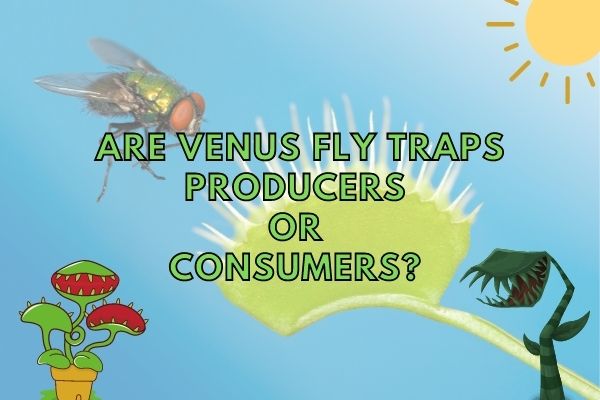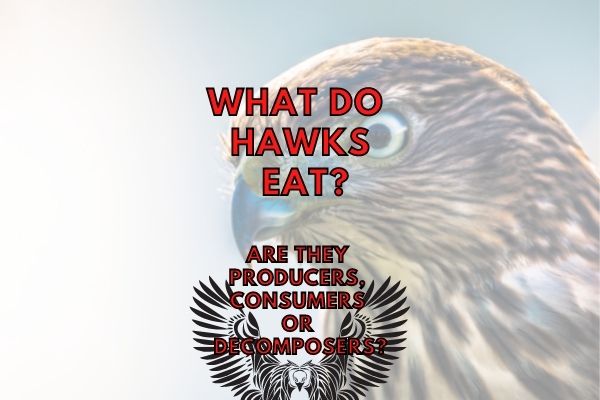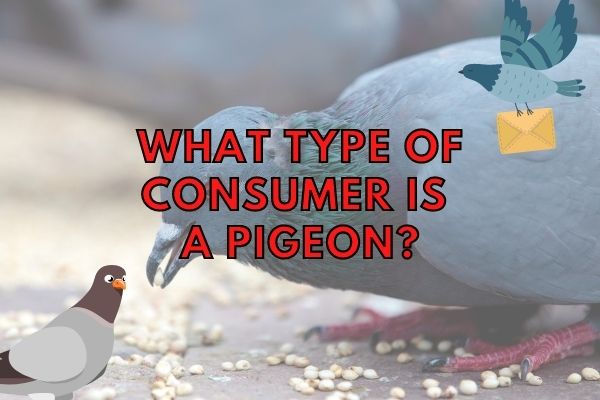Venus fly traps are carnivorous plants that grow in nutrient-poor soils. They get their nutrients from the insects they trap and digest.
Venus fly traps are producers that use light to create their own food. They capture energy from the sun and convert it into chemical energy that they use to produce glucose from carbon dioxide and water.
They are also able to ingest insects, but they do this primarily to cover their mineral needs in nutrient poor soil. They cannot live exclusively as consumers.
The Venus Fly Trap is a carnivorous plant that is native to the south-eastern United States. The Venus Fly Trap is a perennial plant that grows to about 6 inches in height and 3 inches in width.
The Venus Fly Trap has an upright, bushy, and mounded appearance with a green, leathery, and waxy leaf.
Venus fly traps attract insects with their bright colors and sweet smells. When an insect lands on a trigger hair, the leaf snaps shut, trapping the prey inside.
The plant then secretes digestive enzymes that break down the insect’s body so that the plant can absorb its nutrients.
Due to its ability to catch insects, it is often discussed whether it is a true autotrophic producer like other plants, or whether it should be considered a heterotrophic consumer just as the animals that eat the same insects.
So let’s dive a little bit more into this fascinating carnivore’s plant to figure out what it really is!
Habitat and Diet of the Venus Fly Trap
Venus fly traps live in bogs, swamps, and wet forests. They are native to North and South Carolina. Venus fly traps grow to about 6 inches tall.
Venus fly traps are carnivorous plants, but they are mainly plants! They capture and digest insects that are attracted to their sweet-smelling flesh.
However, their primary source of energy comes from the same inorganic sources as all other plants:
- Light
- Water
- Carbon dioxide
- Insects
The insects they eat mainly help them to obtain the necessary minerals they need for their growth when growing in nutrient poor soils.
Venus fly traps eat insects by snapping their leaves shut. When the insect lands on the leaf, the trap snaps shut.
The insect is caught between the leaf’s two halves. The trap then releases enzymes that digest the insect, and the trap reopens after a while to catch new insects.
Are Venus Fly Traps Autotrophs or Heterotrophs?
Venus Flytraps (Dionaea muscipula) are considered heterotrophs. Heterotrophs are organisms that cannot synthesize their own food and instead obtain nutrients by consuming other organisms or organic matter.
Venus Flytraps are carnivorous plants that capture and digest insects and other small prey to obtain essential nutrients such as nitrogen and phosphorus.
Now, let’s delve into the philosophical aspect of whether plants can actually be heterotrophs. Traditionally, plants have been classified as autotrophs, organisms capable of producing their own food through photosynthesis.
However, carnivorous plants like Venus Flytraps challenge this classification because they deviate from the typical autotrophic behavior of plants.
From a philosophical standpoint, the concept of heterotrophy in plants raises questions about the nature of plant life and the boundaries between different classifications. It challenges our understanding of what it means to be an autotroph or a heterotroph.
Some philosophical perspectives may argue that the distinction between autotrophs and heterotrophs is a human construct based on our limited understanding of the complexities of life.
One way to approach this philosophical question is to consider the broader definition of autotrophy and heterotrophy. Autotrophy, in its simplest form, refers to the ability to obtain energy from non-living sources.
Photosynthetic plants convert sunlight into chemical energy, making them classic autotrophs. However, carnivorous plants like Venus Flytraps obtain their energy from living organisms, blurring the line between autotrophy and heterotrophy.
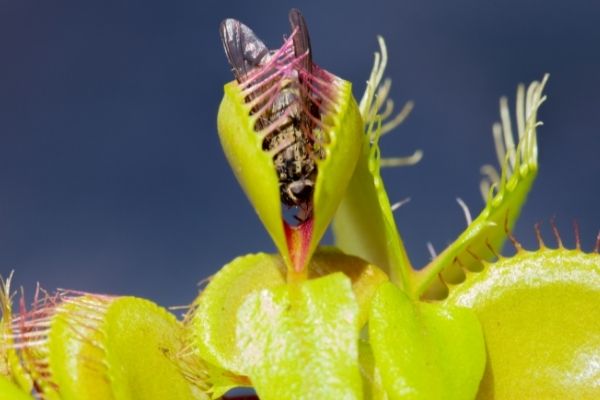
Additionally, the evolutionary perspective is worth exploring. It is believed that carnivorous plants evolved from non-carnivorous ancestors due to environmental factors such as nutrient-poor soils.
In this context, the development of carnivory can be seen as an adaptation to supplement the nutritional needs of the plants in specific habitats.
From an evolutionary standpoint, the acquisition of nutrients through carnivory can be viewed as a survival strategy rather than a fundamental change in the plants’ autotrophic nature.
In conclusion, Venus Flytraps are heterotrophs, as they obtain nutrients by consuming prey.
However, the philosophical question of whether plants can truly be heterotrophs challenges our conventional understanding of plant life and prompts us to explore the boundaries between autotrophy and heterotrophy. This discussion highlights the complexities of biological classification and encourages us to question and refine our concepts as we deepen our understanding of the natural world.
Is a Venus Fly Trap a Producer, Consumer or Decomposer?
Venus fly traps may be considered consumers because they can eat insects, but this is not their main mode of energy acquisition.
They are mainly producers because they use the sun’s energy to produce their own food.
If the soil they grow on have enough minerals for them to survive without eating insects as a supplement, they can do that and be perfectly fine! Therefore they are not considered obligate consumers like most animals are.
All carnivorous plants are autotrophs because they use the sun’s energy to produce their own food.
What Type of Consumer is a Venus Fly Trap?
A Venus Flytrap is classified as a secondary consumer. In ecological terms, consumers are organisms that obtain their energy and nutrients by consuming other organisms. They can be categorized into different trophic levels based on their position in the food chain.
As a carnivorous plant, the Venus Flytrap feeds on small animals, primarily insects and arthropods. These animals serve as the primary consumers in the food chain.
When an insect lands on the trap and triggers its sensitive hairs, the trap closes rapidly, capturing the prey. The Venus Flytrap then secretes digestive enzymes to break down the prey and absorb the nutrients.
Since the Venus Flytrap consumes primary consumers (insects and arthropods), it can be considered a secondary consumer.
Primary consumers, such as herbivores, feed directly on plants or plant matter. In this case, the Venus Flytrap indirectly obtains its energy from the energy captured by the primary consumers from plants. As a secondary consumer, the Venus Flytrap occupies a higher trophic level in the food chain.
It’s important to note that the Venus Flytrap’s carnivorous behavior is a specialized adaptation that supplements its nutrient requirements in environments with poor soil conditions.
In most ecosystems, plants typically occupy the autotrophic trophic level as they produce their own energy through photosynthesis.
However, the Venus Flytrap stands out as an exceptional case where a plant has evolved to capture and consume animals, placing it in the realm of secondary consumers.
They are also autotrophs because they use the sun’s energy to produce their own food. This is made possible by their plant tissue in the trap that absorbs light and converts it into chemical energy.
However, if you were to classify venus fly traps as consumers, they would be secondary consumers because they eat other animals.
Can a Venus Fly Trap be Considered a Decomposer?
Venus fly traps are not considered decomposers because they do not decompose any dead matter like fungi and bacteria do. They only consume living organisms.
They will not eat a dead fly as it does not trigger its motion sensing hairs!
Venus fly traps are carnivorous plants, which means that they eat other animals, however, carnivorous plants are mainly autotrophs because they use the sun’s energy to produce their own food.
Where are Venus Fly Traps in the Food Chain?
Venus fly traps are at the first trophic level of the food chain because they are plants. Carnivorous plants are not consumers, but are mainly producers, which means that they mainly live directly from sunlight and CO2.
The food chain is the way that different living things are related to each other. The food chain is a series of links on the food web, starting with the producers and ending with the consumers. The producers are the plants that grow the food that the consumers eat.
Plants like the venus flytrap are producers, located at the 1st trophic level of the energy pyramid.
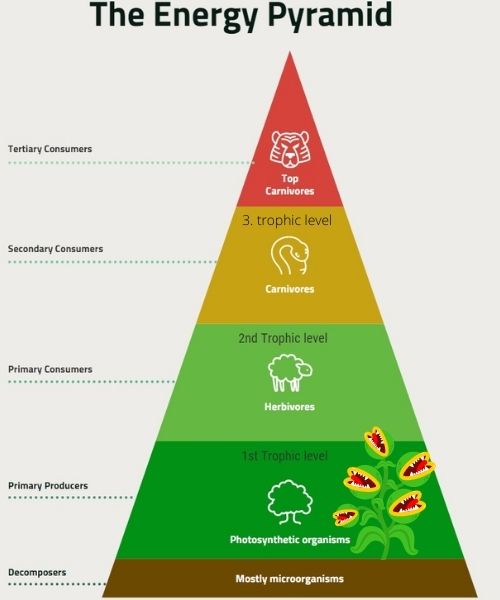
Normally in the food chain, the consumers eat the producers but in this case, the producer also eats the consumer!
Whereas carnivorous plants are able to eat other animals, this does not mean that they are placed higher than other plants in the food chain as it is not their main mode of energy acquisition and because they are still eaten by herbivore animals.
What Animals Eat Venus Fly Trap Plants?
Venus flytraps are preyed on by herbivores found around the wetlands where they grow. These could be moose or elk, but also many larger insects like beetles or caterpillars and worms might eat the leaves of venus fly traps.
Venus Flytrap plants have few natural predators due to their unique adaptations and specialized habitats. However, some animals have been observed feeding on Venus Flytraps. Here are a few examples:
- Insects: While Venus Flytraps primarily capture and consume insects, there have been instances where insects managed to escape the traps or feed on parts of the plant without triggering a closure. Some small insects, such as ants or beetles, may exploit the plant’s resources without being fully digested.
- Spiders: Certain species of spiders, like the red-backed jumping spider (Phidippus johnsoni), have been observed preying on Venus Flytraps. These spiders are skilled predators that can navigate the traps and feed on the captured insects.
- Birds: In some cases, birds have been known to damage or destroy Venus Flytrap leaves, although intentional consumption of the plant is relatively rare. For example, chickens have been reported to peck at the traps, causing damage. However, it’s worth noting that birds are not typical consumers of Venus Flytrap plants.
- Humans: While not a natural predator, humans can inadvertently damage or destroy Venus Flytraps through habitat destruction, collecting, or mishandling. Venus Flytraps are protected in their native habitats, and it is illegal to harvest or harm them without proper permits.
Overall, Venus Flytrap plants have evolved to thrive in nutrient-poor environments by capturing and consuming insects. Their unique trapping mechanism and specialized adaptations make them less susceptible to predation. However, some insects, spiders, and occasionally birds may interact with Venus Flytraps, either unintentionally or by exploiting the plant’s resources.
Conclusion
In this post I have looked into the diet and feeding habits of the Venus Fly Trap, and how it cannot quite be considered a consumer just because it supplements its diet with insects!
Carnivorous plants are a type of plant that captures and eats animals, typically insects. These plants have special adaptations, such as trap-door leaves or pitcher-shaped leaves, which help them to capture their prey.
Carnivorous plants are found in nutrient-poor habitats, such as bogs or marshes, where they get the nutrients they need from the animals they eat.
Rather than an actual adaptation relating to their energy acquisition, carnivorous plants have mainly evolved to supplement the minerals that are lacking in the nutrient-poor soil in which they grow.
By doing so, they can grow places where no other plants can grow, and in this way they avoid fierce competition for the sunny spots of the swamp!

